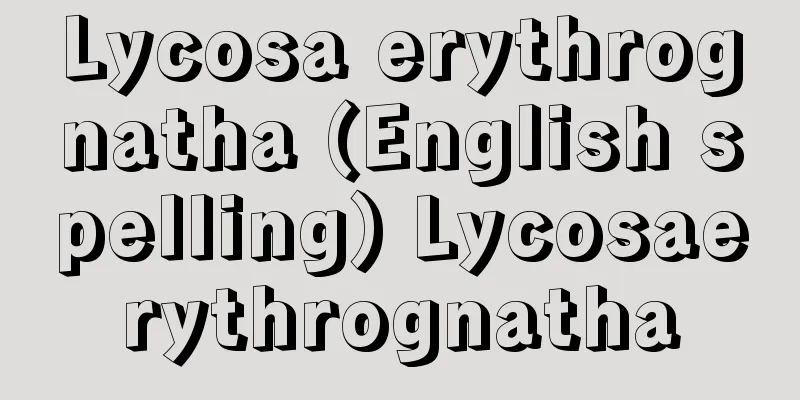Kanmiso Festival - Kanmiso Festival

|
This is one of the annual festivals of Ise Jingu Shrine, where nigi-tae (silk) and ara-tae (hemp) robes are offered to the Kotai-jingu Shrine and the Aramatsuri-gu Shrine. According to the Shinto Code, it is held twice a year, in April and September, and it is written that "These robes are woven by the kanhatori (divine garment wearers) who have fasted and purified themselves, and weave the akahikinokantsugi threads from the river, and the omi-no-muraji (weave hemp weavers) and weave the utsubata-no-miso (clothes worn by the gods) to offer to the gods. Therefore, they are called kami-goromo (divine garments)" (Ryo-gikai). After the Onin War, it was temporarily abolished, but was revived in 1699 (Genroku 12), and since the Meiji era, it has been held on the 14th of May and October. Source: Heibonsha World Encyclopedia, 2nd Edition Information |
|
伊勢神宮恒例大祭の一つで,皇大神宮および荒祭宮に和妙(にぎたえ)(絹),荒妙(あらたえ)(麻)の御衣を奉る祭り。神祇令によれば,孟夏(4月),季秋(9月)の2回行われ,〈此れ神服部(かんはとり)等,斎戒潔清にして,参河の赤引神調(あかひきのかんつぎ)の糸を以て,神衣を織り作り,又麻績連(おみのむらじ)等,麻を績みて敷和衣(うつはたのみそ)を織りて,神明に供す,故に神衣と曰ふ〉(《令義解》)とある。応仁の乱以後,一時廃絶したが,1699年(元禄12)再興され,明治以降は5月と10月の14日に行われている。
出典 株式会社平凡社世界大百科事典 第2版について 情報 |
<<: Dike - ganmyaku (English spelling)
Recommend
Posture
Posture refers to the way the body is held, wheth...
Wilkins, C.
…In 1783, the British judge W. Jones (1746-94) wa...
Gewanndorf
... If we estimate the state of settlements and f...
cholinergic neuron
…Gamma motor neurons are also classified into two...
kazasker
...The local administrative divisions were eyâlet...
Alberobello (English spelling)
A town in the province of Bari in the Puglia regio...
Nordotis sieboldii (English name) Nordotis sieboldii
…[Tokuji Chiba]. … *Some of the terminology that ...
Gamma-glutamyltranspeptidase
[EC 2.3.2.2.]. Also known as γ-glutamyltransferase...
Apothecary (English spelling)
Pharmacy. Drugstore. Source: About Shogakukan Digi...
Abuta - Abuta
…Poison is obtained from various plants, but the ...
Chain saw - cheen so (English spelling) chain saw
A machine that cuts wood efficiently by rotating ...
sacramentum visibile (English spelling) sacramentum visibile
…These Christian mysteries based on the Bible coe...
Eliezer Ben‐Yehuda
1858‐1922 The father of the modern Hebrew language...
Soricinae
…A general term for mammals belonging to the Sori...
Bendir (English spelling)
...The name corresponds to the Hebrew tōp, and hi...









